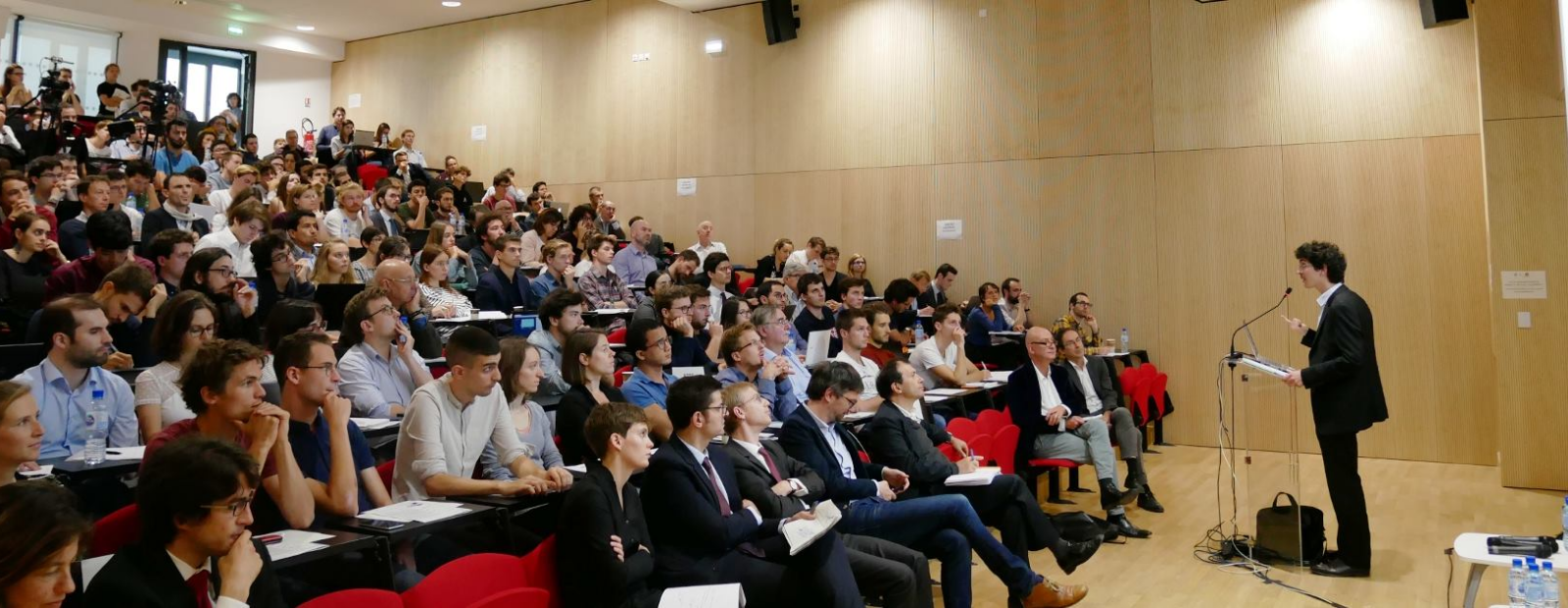Publié en
- Directrice de recherche
- CNRS
Groupes de recherche
THÈMES DE RECHERCHE
- Commerce, migrations et développement
- Economie Régionale et Urbaine
- Environnement et ressources naturelles dans les pays en développement
Contact
Adresse :48 Boulevard Jourdan,
75014 Paris, France
Campus :
Campus Jourdan
Étage : 6
Bureau : 53
Publications HAL
-
Limited factors and why optimal growth has led to destruction Pré-publication, Document de travail
-
Natural versus artificial herd immunity: Is vaccine research investment always optimal? Article dans une revueRevue : Research in Economics
Publié en
-
Transmissible diseases, vaccination, and inequality Article dans une revueRevue : Journal of Public Economic Theory
Publié en
-
-
A model of growth with living capital Article dans une revueRevue : Journal of Mathematical Economics
Publié en
-
Optimal control of an infinite-dimensional problem with a state constraint arising in the spatial economic growth theory Pré-publication, Document de travail
Publié en
-
Pollution diffusion, limited production factors, non-monotonic growth and the emergence of spatially heterogeneous steady states Pré-publication, Document de travail
Publié en
-
A time-space integro-differential economic model of epidemic control Article dans une revueRevue : Economic Theory
Publié en
-
Optimal coalition splitting with heterogenous strategies Article dans une revueRevue : Fulbright Review of Economics and Policy
Publié en
-
The dynamics of revolution: Discrimination, social unrest and the optimal timing of revolution Article dans une revueRevue : Economic Modelling
Publié en

